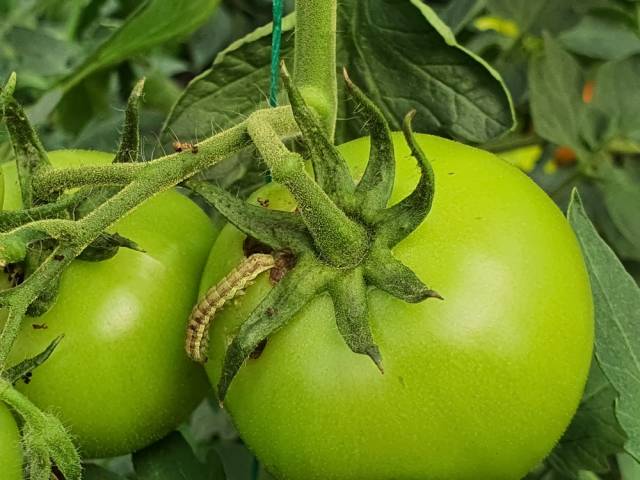As noted in the publication, the summer “dead” zone, which will be larger than average in size, will cover an area of about 15 thousand square kilometres and endanger marine life in the area. It is noted that these areas, also known as hypoxic areas, are areas with a significant lack of oxygen in the water, which can lead to massive fish kills and also endanger other marine life.
These “dead zones” appear every summer, but this year they should be particularly large. Their appearance is triggered by excess nutrients in the water amid human activity in the Mississippi and Atchafalaya River watershed. In May, the U.S. Geological Survey reported that discharges into these rivers were 5 percent higher than the average for the period from 1980 to 2023.





